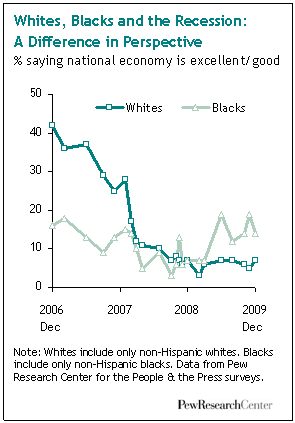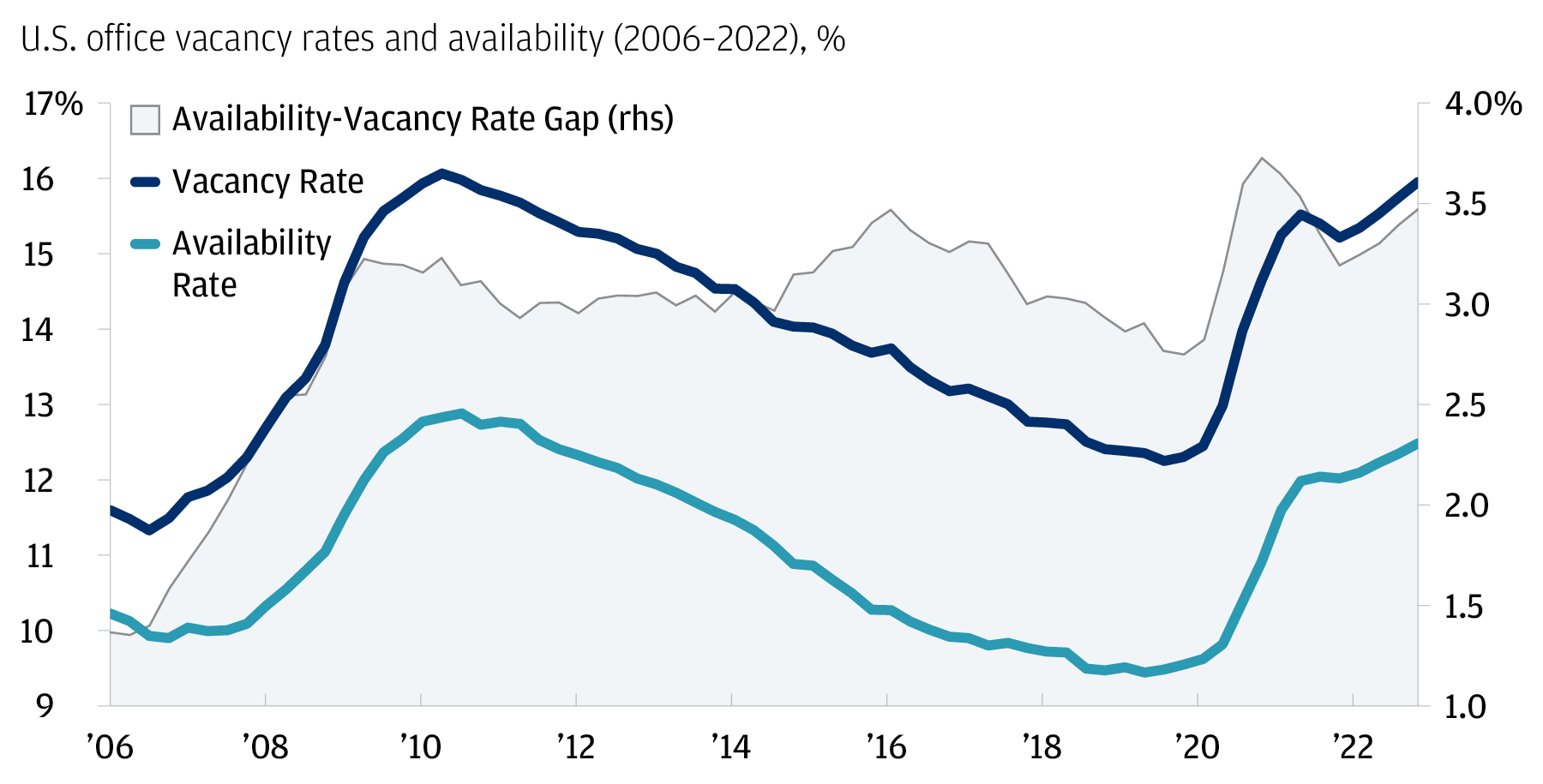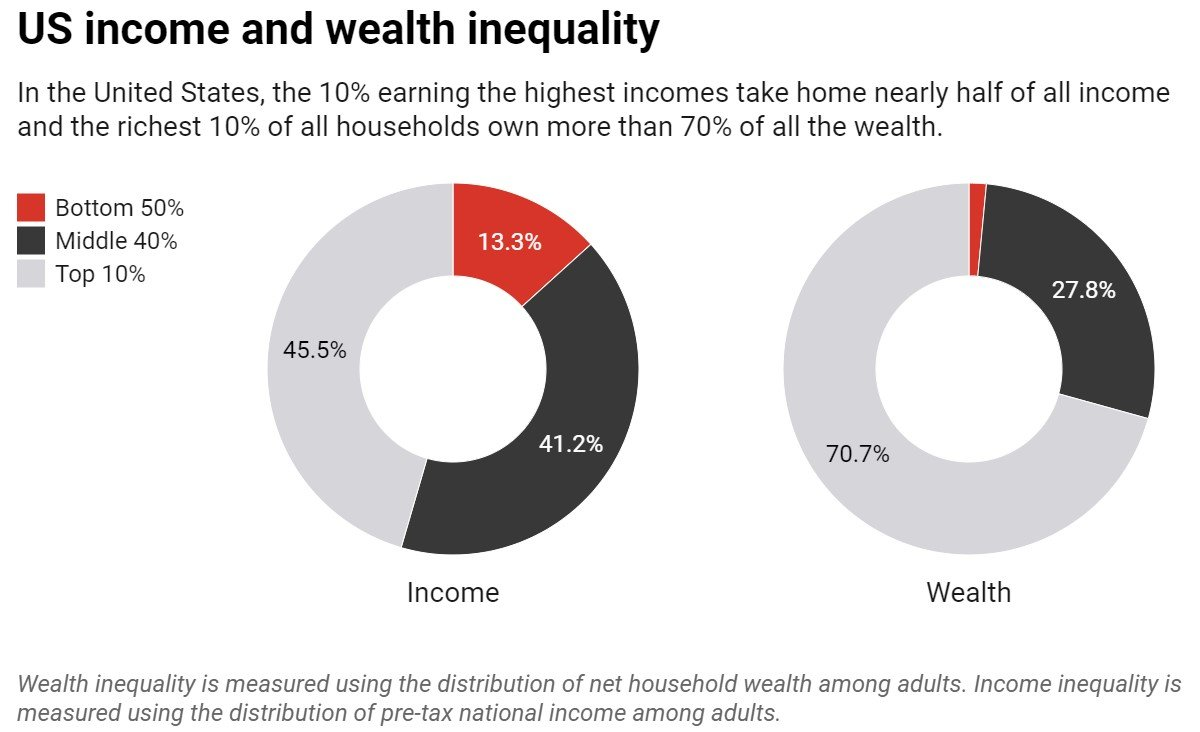The economic prospects for Black American children have seen notable improvement, signaling a pivotal shift in their long-term opportunities. Recent research indicates that these young individuals have benefited from enhanced economic mobility, narrowing historical economic disparities that once hindered their potential. Despite the systemic class gaps that still exist, this encouraging trend showcases how childhood communities play a crucial role in shaping the future of Black American income. Inspired by an extensive analysis of tax and Census records, experts highlight how the landscape of opportunity is changing for low-income Black families. As a result, the focus on equitable access to resources could be vital in further closing these gaps and fostering a generation of economically empowered Black children.
Examining the financial outlook for African American youth reveals a transformative period characterized by improving opportunities. This shift is essential as it highlights the ongoing struggle against economic inequities and disparities that have historically affected their communities. Contentions around childhood environments and their influence on economic mobility underscore a vital connection in mitigating class differences. The realities of financial outcomes for Black youth are not merely reflections of economic downturns but shout out the importance of nurturing positive societal conditions. Indeed, bolstering support for childhood economic stability could lay the groundwork for dismantling barriers and fostering inclusive growth.
Understanding Economic Mobility for Black American Children
Economic mobility for Black American children has experienced notable improvements in recent years, as evidenced by research conducted by Opportunity Insights. This trend highlights the effectiveness of community resources and targeted interventions aimed at empowering low-income families. As Black American children showcase improved income levels in their early adulthood, it becomes clear that strategic investments in education and job training can contribute to breaking the cycle of poverty. These initiatives not only bolster economic prospects for Black children but also serve to bridge the widening gap in economic disparities that exist within the broader American landscape.
Despite these positive shifts, significant challenges remain in achieving full economic equity. The study indicates that while Black millennials born into low-income households have higher average earnings than their Gen X predecessors, the accomplishment is still overshadowed by persistent class gaps. This reinforces the role of socioeconomic factors, such as neighborhood stability and educational access, in shaping long-term outcomes for children. Continued investment in childhood communities can yield transformative effects, ensuring that economic mobility doesn’t just remain a possibility, but a reality for future generations.
Recent Changes in Economic Disparities
The research presented by Opportunity Insights shows a compelling narrative of changing economic disparities in the United States. While Black American children have experienced growth in their economic prospects over the past few decades, the shift has not been uniform across racial lines. The widening class gap among white families highlights a crucial aspect of this development; as wealth accumulates for the higher tier, lower-income white families face stagnation or decline. This highlights the intersection between race and class, emphasizing the need for policy solutions that address both aspects simultaneously.
The analysis indicates that the most significant economic progress for Black American children has occurred in regions traditionally associated with poverty. As these areas see enhanced economic conditions, the outcomes reflect broader trends in intergenerational mobility. However, the data underscores the importance of not losing sight of the complex interplay between race and economic status. For true progress to continue, targeted measures that uplift entire communities remain essential, which would potentially reduce the widening class gaps noted among white Americans.
The Importance of Community in Shaping Economic Outcomes
Community plays a pivotal role in enhancing economic outcomes for Black American children. The Opportunity Insights study highlights how neighborhoods characterized by high parental employment and community support significantly contribute to better earnings as children transition into adulthood. When low-income Black families are situated in thriving environments, they benefit not only financially but also socially, fostering greater opportunities for stability and success. Consequently, community investments, such as quality schools and accessible job markets, become critical for fostering an environment that nurtures economic mobility.
Moreover, the evidence suggests that the extent of time spent in a supportive community during childhood correlates positively with future economic success. For example, children who grow up in areas with robust employment opportunities are more likely to secure better-paying jobs as adults. This phenomenon speaks to the need for policymakers to focus on reinforcing community structures that uplift all families—regardless of race—thereby reducing economic disparities and contributing to a more equitable society.
Economic Prospects: A Comparative Analysis
The documented improvements in economic prospects for Black American children show a stark contrast to their white counterparts from low-income families. While both demographic groups face significant challenges, the reduced earnings gap between Black and white individuals born in low-income circumstances represents a positive development in narrowing racial disparities. However, this comparative analysis also raises critical discussions around the systemic barriers that persist in affluent white communities, where income levels are seeing a marked increase.
Understanding these economic prospects requires examining underlying factors that contribute to disparities. The study’s findings demonstrate that wealthier white families are achieving higher levels of economic success, creating a pronounced class gap that counteracts any gains made in racial equality. Addressing these differing trajectories will require leaders and communities to collaborate on comprehensive reforms that foster equitable access to resources, enabling all children to thrive irrespective of their racial or economic background.
Childhood Communities and Long-Term Economic Success
The connection between childhood communities and long-term economic success cannot be overstated, as highlighted by the research findings. Investment in childhood communities, primarily through improved access to education, employment opportunities, and social support systems, lays the foundation for sustainable economic mobility. Children who are raised in neighborhoods enriched with these resources are more likely to achieve their potential and contribute positively to the economy later in life.
Furthermore, the observations made in the study reveal that as neighborhoods evolve and enhance their employment rates, the benefits are likely to extend beyond individual families. Economically stable communities can create cascading effects that bolster overall community health, reduce poverty rates, and ultimately result in diminished income inequality. This interconnectedness underscores the crucial role that public policy and community initiatives play in shaping the future economic landscape for Black American children and their peers.
Addressing Class Gaps in Economic Mobility
While recent reports indicate that the economic prospects for Black American children are improving, they also reveal increasing class gaps that demand attention. The findings show a disparity in progress, suggesting that lower-income white families are facing a unique set of challenges that contribute to their stagnant earnings. Addressing these class gaps is essential not only for fostering equality among races, but also for ensuring that economic mobility is accessible to all individuals, regardless of their backgrounds.
Identifying effective interventions requires a deep understanding of the structural factors that perpetuate these class discrepancies. Policy initiatives aimed at enhancing job skills, providing better educational opportunities, and investing in community resources can help bridge these gaps. Without deliberate efforts to address the class divide, the overall economic landscape may continue to reflect entrenched inequalities that persist across generations, ultimately impacting the potential of millions of children.
Racial Earnings Gap: Progress and Challenges
The reduction in the racial earnings gap indicates a positive shift for Black American children, suggesting that economic opportunities are becoming more accessible. However, this progress must be contextualized within a broader range of challenges, including the persistent economic disadvantages faced by many Black families. The analysis shows that while significant strides have been made, poverty and income inequality still disproportionately affect these communities, necessitating a focused approach to address remaining barriers.
Examining the factors that contribute to this evolving earnings gap can provide insights into the effectiveness of current policies and social support systems. The research highlights the importance of endeavoring to build a cohesive strategy that not only promotes racial equity but also enhances economic opportunities across socioeconomic spectrums. For the future, combining efforts to tackle systemic inequalities in education, hiring practices, and community investment stands to benefit all segments of society.
The Role of Parental Employment in Economic Outcomes
Parental employment plays a significant role in shaping economic outcomes for children, as revealed in the research by Opportunity Insights. Areas with higher levels of employment among parents correlate with better earnings for children as they transition into adulthood. This connection illuminates the crucial impact of stable family income on overall childhood development and future prosperity, making parental employment a necessary focus for community and economic development strategies.
In turn, understanding the dynamics of how parental employment influences children’s economic trajectories is vital for creating comprehensive policies that support working families. Promoting job growth and accessing resources in local communities can enhance parental employment rates, thereby fostering positive economic outcomes for children. Investing in these areas not only boosts individual families but also strengthens the collective economy, paving the way for a more equitable future.
The Intersection of Race and Class in Economic Mobility
The intersection of race and class is a critical factor in understanding economic mobility, particularly in the context of Black American children. Research indicates that while strides are being made in reducing racial disparities, the economic divide based on class continues to widen. This duality underscores the complexity of addressing economic inequalities, where mere progress in one area does not equate to improvements across the board. Tackling this intersection requires a nuanced approach that takes into account both racial and class-related barriers.
As policymakers look to create meaningful change, recognizing the intertwined nature of race and class in economic mobility is essential for developing effective solutions. Comprehensive strategies that encompass educational access, job training, and social support can help dismantle the systemic inequities that persist. Fostering an inclusive approach ensures that all children—regardless of their race or economic status—can achieve their potential and participate fully in the economy.
Frequently Asked Questions
What are the current economic prospects for Black American children compared to previous generations?
Recent studies indicate that economic prospects for Black American children have improved compared to previous generations, particularly those born in the 1990s, who enjoy better income outcomes at age 27 than their Gen X counterparts from the late 1970s. The average income for low-income Black millennials increased to $21,030, reflecting a progressive shift in economic mobility for Black American children.
How do economic disparities affect Black American children’s opportunities for advancement?
Economic disparities significantly impact the opportunities available to Black American children, as historical and systemic factors contribute to unequal access to resources. Fortunately, recent findings suggest that the gap in economic mobility between Black and white children is narrowing, with better prospects for those growing up in areas with strong community support and parental employment.
What role do childhood communities play in shaping economic mobility for Black American children?
Childhood communities are crucial in determining the economic mobility of Black American children. Research shows that children raised in neighborhoods with high parental employment rates tend to have better long-term outcomes. As such, strong community environments can significantly enhance economic prospects for Black American children and help bridge the class gaps.
What trends have emerged regarding Black American income levels among different generations?
A notable trend is the improvement of income levels for low-income Black Americans as compared to previous generations. Black millennials born in 1992 earned about $21,030, a rise from $19,420 for their Gen X counterparts, indicating a hopeful trend toward closing economic disparities in income.
In what ways are economic prospects for Black American children improving, despite systemic challenges?
Despite ongoing systemic challenges, economic prospects for Black American children are improving due to several factors, such as increased access to opportunities in growing job markets, better community resources, and initiatives aimed at addressing historical inequities. These developments contribute to shrinking racial gaps in economic mobility while highlighting emerging class gaps.
How do class gaps influence the economic prospects for Black American children?
The widening class gaps present both opportunities and challenges for Black American children. While there are improvements in economic mobility for some groups, the economic prospects for those from low-income families are still significantly impacted by socioeconomic status. Addressing these class gaps remains essential for ensuring equitable economic opportunities for all Black American children.
What does research suggest about the long-term economic mobility of Black American children?
Research indicates that the long-term economic mobility of Black American children is gradually improving, with a significant reduction in the likelihood of remaining in poverty. Children born in 1992 are less likely to face poverty compared to those born in 1978, showcasing potential improvements in economic outcomes and mobility for the coming generations.
| Key Findings | Details |
|---|---|
| Economic prospects improved for low-income Black American children | Research shows significant narrowing of economic divide between poorest Black and white Americans. |
| Gap widening between low- and high-income whites | Economic outcomes for poor white children have decreased while wealthy whites have seen earnings rise. |
| Better outcomes for Black millennials | Average income for Black millennials at age 27 is $21,030, compared to $19,420 for Gen Xers. |
| Regional economic mobility differences | Black Americans saw significant progress in the Southeast and Midwest. |
| Continued racial disparities | Earnings gap between Black and white poor children remains significant, though it has decreased. |
| Importance of childhood environments | Neighborhoods with higher parental employment linked to better economic outcomes for children. |
Summary
Economic prospects for Black American children have shown significant improvement in recent years, indicating a narrowing of the gap between economically disadvantaged communities. New research from Opportunity Insights reveals that Black millennials are achieving better economic outcomes than their Gen X counterparts, while disparities still exist between races. The findings emphasize the importance of community environments and parental employment in shaping long-term economic mobility for children. As we move forward, continued efforts to enhance the economic conditions of all communities are essential to sustain this positive trend.



